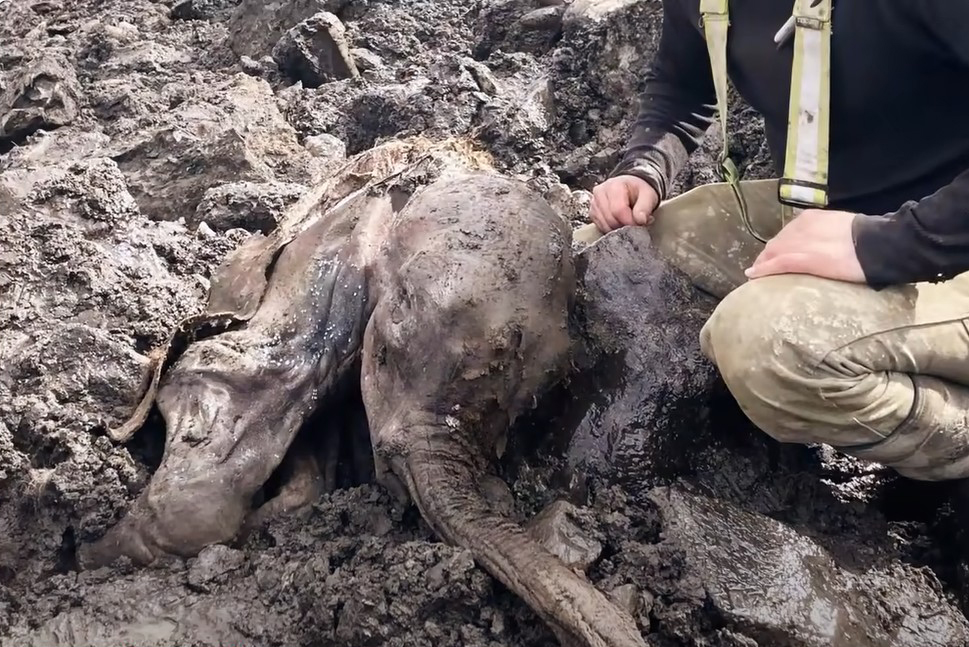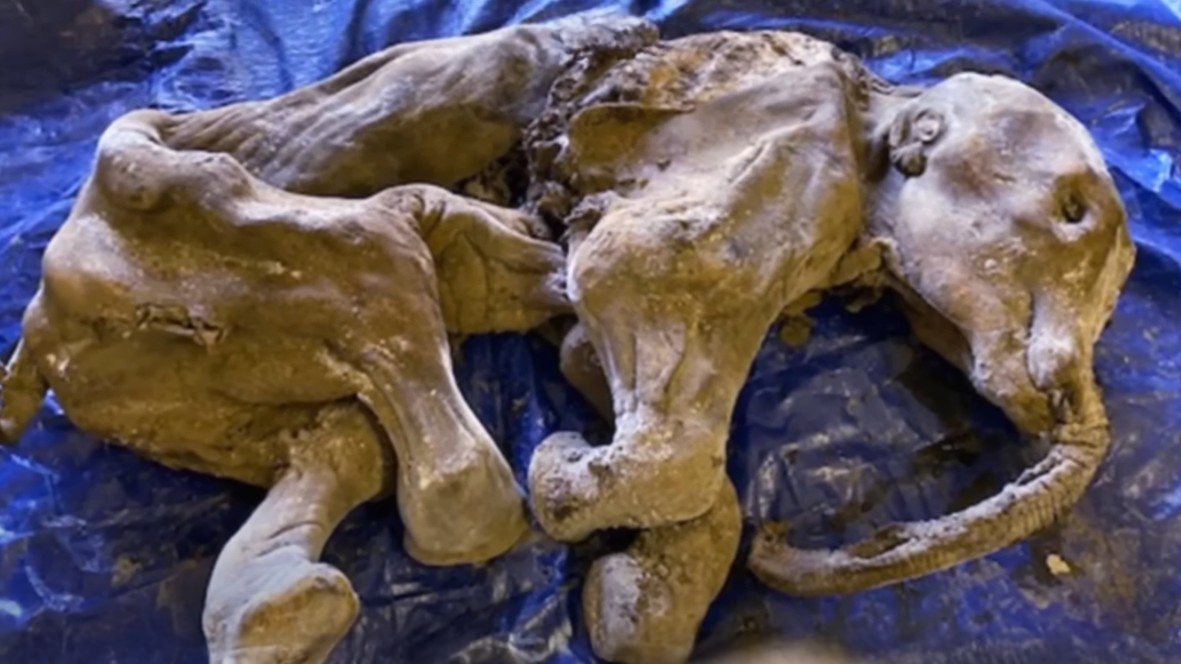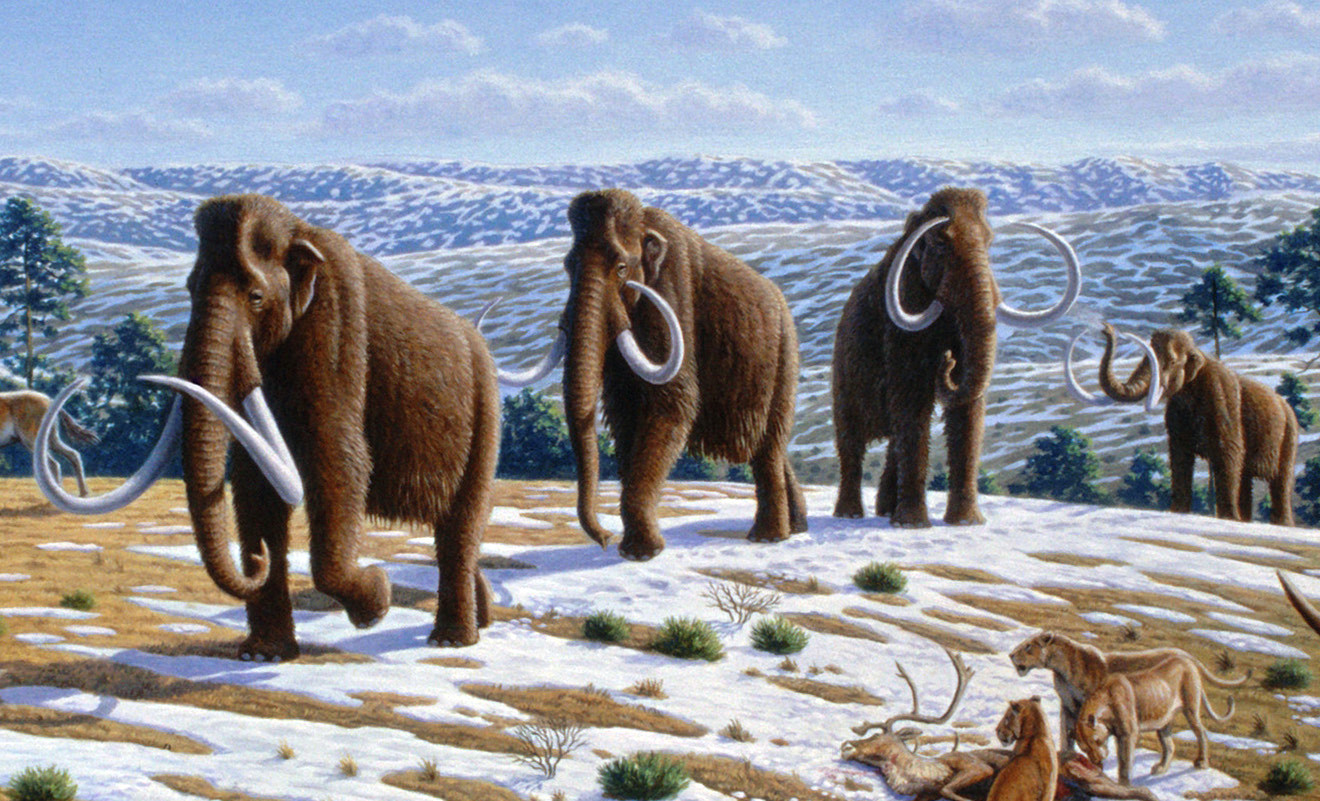A gold miner sank his shovel into the sands of the Klondike and found himself face to face with a perfectly preserved baby woolly mammoth.
The frozen wilderness of Canada’s Yukon Territory has given us a glimpse into Earth’s forgotten past. A miner digging for gold turned over his shovel only to come face-to-face with the well-preserved remains of a baby woolly mammoth. The discovery gives scientists an unmatched opportunity to study these ancient creatures and learn more about the environmental conditions of the Ice Age.
Frozen In Time
The young mammoth, named Nun cho ga, meaning “big baby animal” in the language of the local indigenous people, was dug out of permafrost near the famed Klondike gold fields. The body was still largely intact, with skin, hair, hooves, and even toenails visible. Discoveries of this quality are incredibly rare, especially outside of Siberia. That’s what makes this Yukon discovery one of the most important ever in North America.
 The UnBelievable: 30,000-Year-Old Woolly Mammoth Found in Canada (Season 1),HISTORY, YouTube
The UnBelievable: 30,000-Year-Old Woolly Mammoth Found in Canada (Season 1),HISTORY, YouTube
What Makes This Mammoth Unique
This baby mammoth’s soft tissues, fur, and skin have been preserved for over 30,000 years. Such preservation provides scientists with a wealth of fantastic information. Researchers can analyze DNA, study muscle structures, and examine the contents of the final meals the animal ever ate. That level of detail offers new opportunities to understand the species and their Ice Age environment.
Understanding Woolly Mammoth Extinction
Woolly mammoths roamed parts of North America, Europe, and Asia during the Pleistocene epoch. Their extinction roughly 4,000 years ago is still a subject of heated scientific debate. Climate change, human hunting, or a combination of both are believed to be responsible. Discoveries like Nun cho ga help scientists get one step closer to unlocking the mystery of their disappearance.
 The UnBelievable: 30,000-Year-Old Woolly Mammoth Found in Canada (Season 1),HISTORY, YouTube
The UnBelievable: 30,000-Year-Old Woolly Mammoth Found in Canada (Season 1),HISTORY, YouTube
Contributions To Mammoth Research
The Yukon discovery fits with a broader scientific interest in woolly mammoths, including efforts to sequence their genome. Recent studies have successfully mapped mammoth DNA, fueling discussions about potential “de-extinction” projects. While recreating living mammoths is still in the speculative phase, studying preserved remains deepens our understanding of Ice Age biodiversity and how species adapted to extreme climates.
Insights Into Ancient Environments
The well-preserved remains give information on the animal, but also the Ice Age environment it lived in. Study of soil samples, pollen, and other materials found near the mammoth can help scientists reconstruct the ancient ecosystem. We could come out of it knowing a lot more about how climate shifts affected animal populations and landscapes, and apply this hard-won knowledge to today’s environmental problems.
 Mauricio Antón, Wikimedia Commons
Mauricio Antón, Wikimedia Commons
Cultural And Scientific Collaboration
The days after the discovery saw a collaboration between Indigenous communities, scientists, and local authorities. The Tr’ondëk Hwëch’in First Nation has been actively involved in the care and study of the mammoth. These proud Indigenous people regard Nun cho ga as their spiritual ancestor, and they are ensuring its remains are treated with respect while also advancing scientific research.
Preserving The Mammoth For Future Study
The baby mammoth’s remains are right now being carefully preserved and studied by paleontologists. Advanced imaging, DNA extraction, and tissue analysis are well underway, while we all eagerly await more information about the Ice Age animal. The specimen will be returned to Dawson City, Yukon when research and preservation is complete. The Tr’ondëk Hwëch’in First Nation will be deeply involved in whatever is finally done with the remains.
You May Also Like:
Irresistible Facts About Baby Animals
Sources: 1, 2, 3, 4